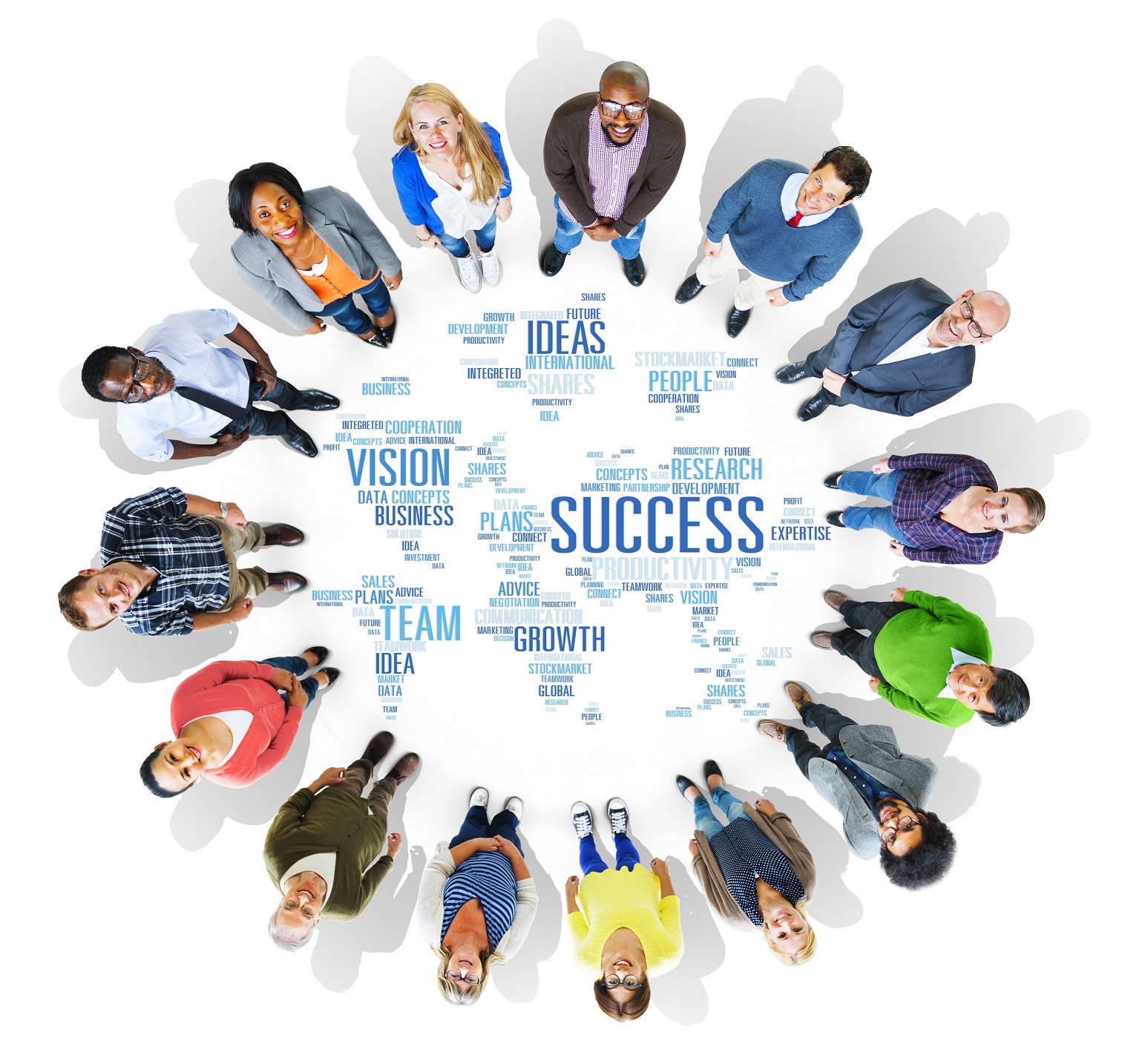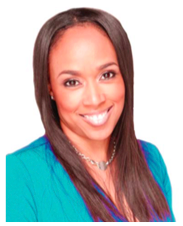
Promoting Inclusion in a Diverse Environment: Steps to Becoming a Culturally Competent Person
Inclusion, the practice of ensuring that people in organizations feel they belong regardless of gender, race, age, or social status, has become a buzzword in modern organizations. In fact, promoting inclusion is one of the most common things that organizations deal with these days. While some organizations have excellent programs that promote inclusion in the workplace, there are others who view it is a challenge. In resolving this challenge, it is important to have a great understanding of why the culture of inclusion is difficult to achieve for some. Primarily, the difficulty stems from people’s stereotypes and biases.
Stereotypes and biases are two concepts that most people confuse with each other.
A stereotype is a formulaic and conventional opinion about a specific group of people. A person who stereotypes would normally think that all members of a specific group are the same. In other words, they assign a description to a group of people and think that all of them are the same. An example of stereotyping is thinking that all males who wear a leather jacket, a tattoo, and some beard are a thug. They fail to see that members of a group are unique and have individual characteristics.
On the other hand, a bias is a preference or an inclination to something. It inhibits a person’s judgment. For example, in a job interview for the position of a nurse, a hiring manager may prefer female over male applicants as he or she thinks that all females are better than males when it comes to caring for people. He or she fails to realize that this is not always the case.
Now that we recognize that stereotypes and biases can affect judgment and that it is a potential problem for most organizations, how do we address it?
Happily, there are some approaches that we can take. Here are some:
Changing Your Personal Approach
Often, the beliefs you hold come from your cultural conditioning. They determine whether you will seek to connect with people who are different from you or not. The first step to deal with biases is to acknowledge that you are human and you make mistakes. Be aware that you are a person who is likely to have some stereotypes.
Next, know your inner thoughts and feelings and see how they affect your beliefs and actions. We normally make judgments about the people we see in less than 30 seconds. To have a good approach in inclusion, try to open your mind. When you start having stereotypical thoughts about a group that is different from you, follow it up with an alternative thought based on factual information that discounts the stereotype.
Encouraging Workplace Changes
Inclusion initiatives normally start at the top of an organization, but change can come from any level. If you are in a functional position of authority, consider doing a cultural audit to describe the overall working environment, unwritten norms, possible barriers, and the existence of race, gender, and class issues. Be alert for biases and stereotypes. See if there are hostilities among co-workers. When you notice problems, suggest and take steps to implement discussions or workshops aimed at understanding and eliminating discrimination with friends, colleagues, social clubs, or religious groups. Leaving copies of publications that offer insights about becoming open to different views and cultures will also greatly help. Have inclusion a part of your corporate culture.
Encouraging Social Changes
Do not stop promoting inclusion in your workplace. Spread it to your community as well. You can actually start with yourself. Evaluate your buying habits so that you do not support shops, companies, or personnel that follow discriminatory practices. You can also join in forums or organize events and training that raise people’s awareness of inclusion.
As you become more aware and knowledgeable about groups different from you, not only will your stereotypes lessen, but you will also become better equipped to educate and challenge others about their stereotypes.
All of us have stereotypes and biases. That is because we are all conditioned to our own culture, and we have a tendency to react to things that are different from the way we see things. However, once you recognize the existence of varying views and practices and learn how to deal with them, you become more culturally competent. Spread your competence to your organization and to your community.
Reference:
Collier, C. (2015). The Science and Art of Workplace Diversity. Atlanta, Georgia: Personality Matters, Inc.
Phone: (404) 287-0619
Email: askdrcherry@gmail.com
Blog: https://drcherrycoaching.com/myblog/
Web Personality Matters: www.pmatters.org
Web Dr. Cherry: https://drcherrycoaching.com/
My latest books:
http://smile.amazon.com/s/ref=nb_sb_noss_1?url=search-alias%3Daps&field-keywords=dr.cherry+collier&rh=i%3Aaps%2Ck%3Adr.cherry+collier
Image: Shutterstock paid subscription all rights reserved

